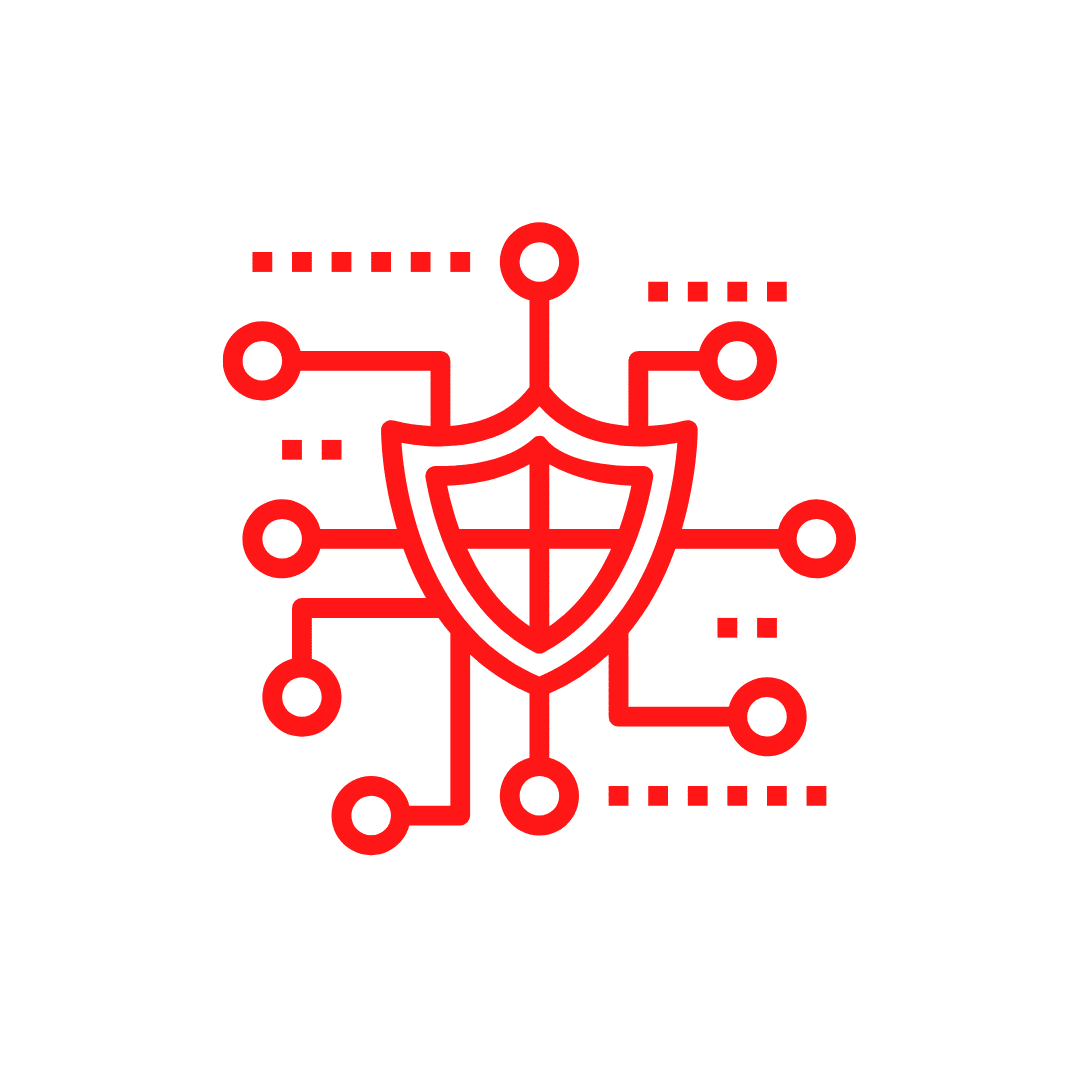IT Strategy Audits
Getting where you need to go starts with knowing where you are.
Wherever your organization is right now in terms of IT function, infrastructure, and strategy, the path forward starts with knowing exactly where you stand.
Get In TouchThis is true whether you’re satisfied or dissatisfied with the current state of IT in your company. On the one hand, no matter how robust your IT strategy and infrastructure are, there’s always room for improvement.
And on the other hand, if you already know you have issues to solve — even if you don’t know precisely what those issues are — the best path forward starts with strategy.
Wherever you are on this spectrum, the first step before executing meaningful change is to identify where you are and craft a cohesive IT strategy to guide you moving forward.
The Advisory Difference
At Advisory, we don’t believe in playing whack-a-mole with IT problems. Sure, it’s the fastest and easiest solution: When an IT problem pops up, you just whack it with a new piece of hardware or a new software solution. But this kind of piecemeal, patchwork approach to IT can hardly be called a strategy. Instead, it leads to unnecessary complexity, expense, and inefficiency.
We do things differently here. We start all our clients with a formal IT strategy audit, a multi-week process during which we analyze your existing situation and craft a new, unified IT strategy that will guide your organization as you move forward with us as your managed IT services partner.
Our IT strategy audit process starts with four high-level steps:
- Collect information on your hardware and software stack
- Evaluate your existing system security, providing feedback on gaps or weak points
- Analyze current HR processes as they relate to IT
- Advise with recommendations on a more unified, holistic IT strategy
In all of this, we’re focused on three core tenets: We strive to build IT strategy for our clients that’s scalable, secure, and reliable.
Let’s look together at how each of these steps plays out for a typical client.


Step 1: Collect Information
As we start an IT strategy audit, we’ll begin by collecting detailed information on your current IT assets, both hardware, and software.
On the hardware side, we’ll inventory what you’re using (and what you have that you aren’t using, if applicable) and analyze how up-to-date those devices are (both in terms of operating system and security updates, and general hardware age). We’ll evaluate whether you’re managing hardware devices using the modern mobile device management (MDM) tool and probe whether you’re equipped for remote access. We’ll also investigate how you source, image, and deploy machines to employees.
Other questions we might ask include:
- Has the client effectively employed zero-touch deployment?
- Does the client have effective backup strategies in place?
- Is the client leveraging appropriate SaaS tools? Team communication tools?
- Is the client relying on any legacy or no-longer-supported software that’s creating hindrances for upgrading hardware?
- Do surveyed machines contain evidence of malware or other security threats?
We’ll also analyze what’s happening in your company’s server room or any other back-end hardware you have on-premises, asking similar questions of that equipment.
Once we have a clear picture of the state of a company’s hardware and software assets, it’s time to move on to security.

Step 2: Evaluate Existing Network and Security
Next, up, we’ll take a look at existing security protocols and tools that a company has in place, as well as network infrastructure and protocols. What (if any) email filtering and virus protection tools are in place, and how do those tools stack up to industry standards? Does the company have the bandwidth it needs to operate effectively (and is it overpaying for that bandwidth)?
We’ll evaluate network infrastructure as well, looking for old or outdated equipment that could be slowing down operations. We’ll also look for instances of unnecessary complexity, often driven by relying on multiple network vendors that don’t integrate well with each other.
We’ll look at identity security as well, evaluating a wide range of identity-related concerns:
- Access control policies
- Single sign-on (SSO)
- SAML authentication
- RADIUS
- Two- or multi-factor authentication
Once we’ve compiled a list of concerns and recommendations related to network and security, we’ll move on to other HR processes related to IT.

Step 3: Analyze IT Handbook or HR Policies
In organizations of sufficient size and complexity, it’s common for certain HR policies to begin to influence IT policy. While it’s certainly not our job to tell your HR department what to do, we’ve found that an outside consultant can often bridge the gap between competing needs in HR and IT.
We’ll evaluate your organization’s IT handbook or any IT-related HR processes and policies, looking for ways to gain efficiency without losing functions and features that carry specific HR values.

Step 4: Advise and Execute
Finally, only after we’ve gathered the necessary hardware and software information, evaluated existing network infrastructure and security policy, and analyzed existing HR processes as they relate to IT, we’re ready to craft our IT strategy report.
This final deliverable covers each of these areas in detail, offering specific, actionable insights that clients can begin to implement (or, ideally, that we can begin to implement for the client).
A typical IT strategy audit from Advisory lands at about 30 pages of observations and actionable recommendations. This audit document then serves as the basis for crafting a new IT strategy, one that propels your organization on for years to come.


